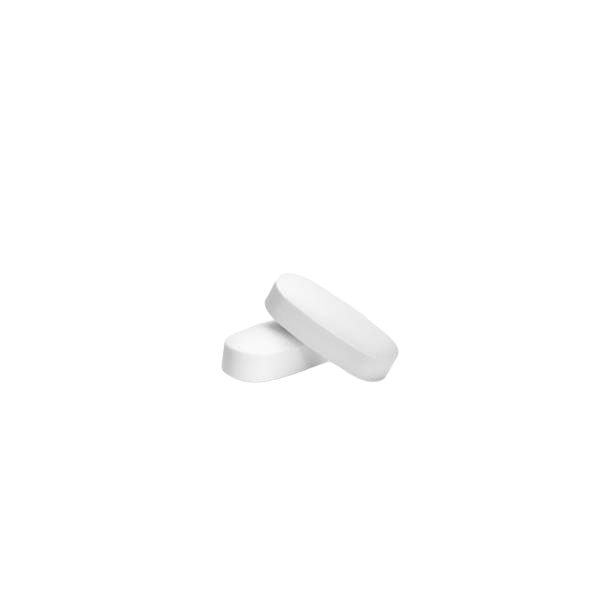
Clofenac 50 mg tabl. #100
What is Clofenac 50 mg tablet?
Clofenac 50 mg is a tablet containing 50 mg of diclofenac sodium, an NSAID (non-steroidal anti-inflammatory drug) that works by reducing inflammation and pain. It is a round, yellowish brown enteric-coated tablet with shallow convex faces and bevel-edged.
What is Clofenac 50 mg used for?
Clofenac 50 mg is used to relieve pain and inflammation in conditions such as: * Rheumatoid arthritis * Osteoarthritis * Ankylosing spondylitis * Acute gout * Following some surgical procedures
How does Clofenac 50 mg work?
Diclofenac sodium, the active ingredient in Clofenac 50 mg, is an inhibitor of prostaglandin synthetase (cyclo-oxygenase). Prostaglandins are substances in the body that cause pain and inflammation. By inhibiting their production, diclofenac reduces inflammation and pain.
Who should not take Clofenac 50 mg?
Clofenac 50 mg is not suitable for everyone. You should avoid taking it if you: * Have acute porphyria * Are sensitive to aspirin * Are pregnant
What are the possible side effects of Clofenac 50 mg?
The most common side effects of Clofenac 50 mg are gastrointestinal disturbances, such as: * Dyspepsia (indigestion) * Peptic ulceration * Intestinal bleeding Other possible side effects include: * Headache * Dizziness * Nervousness * Skin rash * Pruritus (itching) * Tinnitus (ringing in the ears) * Oedema (swelling) * Depression * Drowsiness * Insomnia * Blurred vision * Other ocular reactions
What are the precautions I should take while using Clofenac 50 mg?
You should be cautious when taking Clofenac 50 mg if you have: * Asthma or bronchospasm * Bleeding disorders * Cardiovascular disease * Peptic ulceration * Renal failure * If you are receiving coumarin anticoagulants
What happens if I take an overdose of Clofenac 50 mg?
Overdosage symptoms may include: * Headache * Nausea * Gastrointestinal bleeding If you suspect an overdose, seek immediate medical attention. Treatment may involve emesis (inducing vomiting), gastric lavage (stomach pumping), and supportive measures.
How should I store Clofenac 50 mg?
Store Clofenac 50 mg below 25°C and protect it from moisture.
What is the shelf life of Clofenac 50 mg?
Clofenac 50 mg has a shelf life of 3 years from the date of manufacture.
How should I take Clofenac 50 mg?
The recommended dosage for adults is 75 to 150 mg daily in divided doses. For children with juvenile chronic arthritis, the dosage is 1 to 3 mg per kg body weight in daily divided doses. It is crucial to follow your doctor's instructions and the information on the label carefully.
Can I take Clofenac 50 mg with other medications?
Avoid taking Clofenac 50 mg with triamterene. Consult your doctor or pharmacist for any other potential drug interactions.
Where can I find more information about Clofenac 50 mg?
For further information, consult your doctor or pharmacist. You can also find more information on the product label or the manufacturer's website.
Similar products










